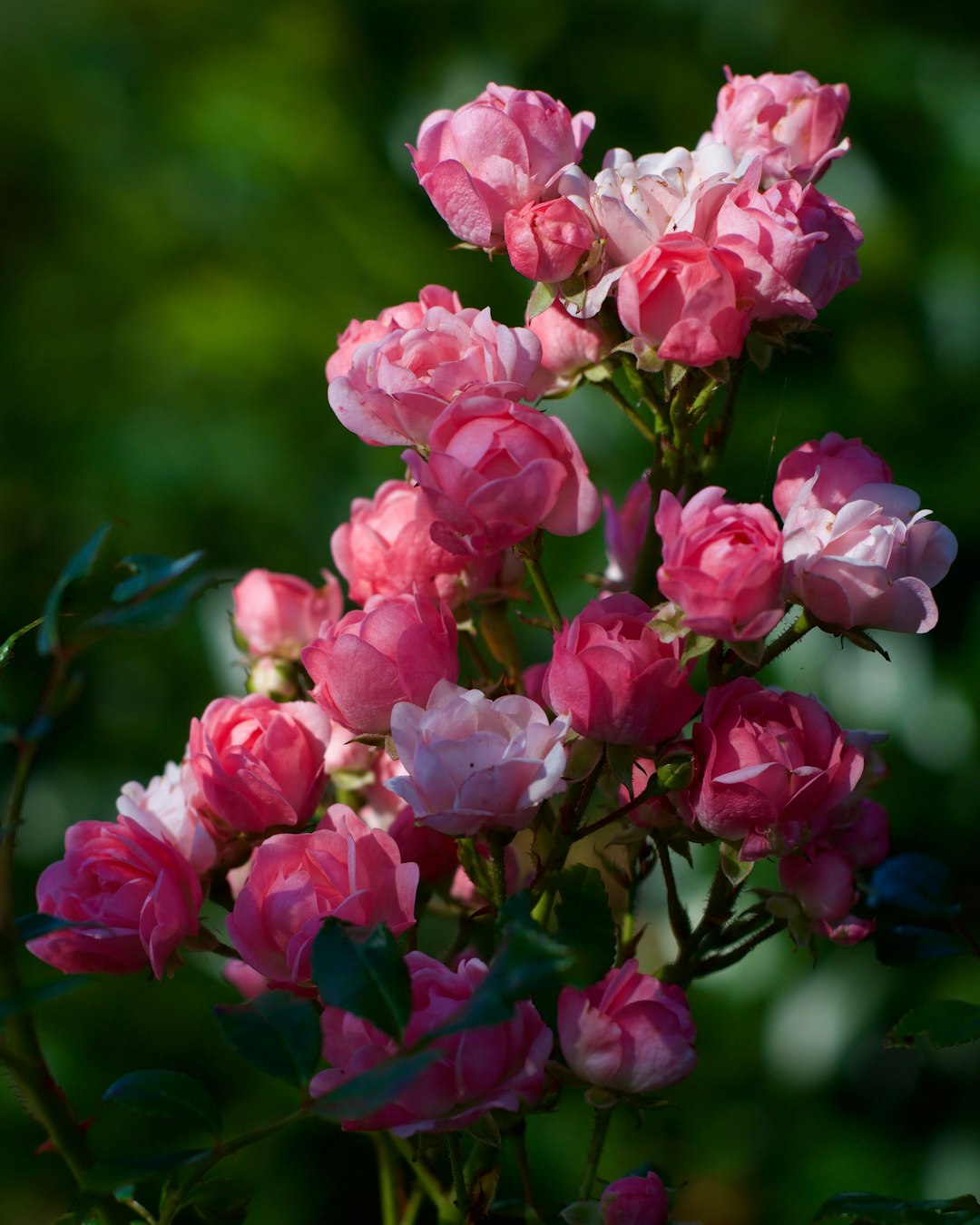Unleashing the Magic of Basil: A Seed - to - Plate Journey

Growing basil from seed is a delightful and rewarding endeavor that offers a plethora of benefits. Not only is it an easy and budget - friendly way to enjoy an abundant supply of this herb's flavorful leaves, but it also allows you to have complete control over the growing process, ensuring a fresh and chemical - free harvest.
To start your basil - growing adventure, you'll first need to gather the necessary supplies. High - quality basil seeds are a must. You can find a variety of basil types, such as sweet basil, Thai basil, and lemon basil, each with its own unique flavor profile. Alongside the seeds, you'll require seedling trays or small pots, a well - draining potting mix, and a sunny location. Basil thrives in warm, sunny conditions, so a south - facing windowsill or a spot in your garden that receives at least six hours of sunlight a day is ideal.
Once you have your supplies, it's time to sow the seeds. Fill your seedling trays or pots with the potting mix, leaving about half an inch of space at the top. Moisten the soil slightly before sowing the seeds. Basil seeds are tiny, so sprinkle them evenly over the soil surface and then cover them with a thin layer of potting mix, about 1/8 inch deep. Gently pat down the soil to ensure good seed - to - soil contact.
Keep the soil consistently moist but not waterlogged. You can use a spray bottle to mist the soil surface regularly. In about 5 - 10 days, you should start to see the first signs of germination. As the seedlings emerge, make sure they receive plenty of light. If you're growing them indoors, you may need to supplement with a grow light to prevent the seedlings from becoming leggy.
Once the seedlings have developed their first set of true leaves, it's time to thin them out. This step is crucial to give each plant enough space to grow. Carefully remove the weaker seedlings, leaving the strongest ones about 2 - 3 inches apart. You can transplant the thinned - out seedlings to other pots if you wish.
As the basil plants continue to grow, they'll need regular care. Water them when the top inch of soil feels dry. Fertilize them every few weeks with a balanced, water - soluble fertilizer to promote healthy growth. Pinching off the tips of the plants will encourage bushier growth and prevent them from flowering too early. Once the plant starts to flower, the leaves may become bitter, so it's best to keep the plant in a vegetative state for as long as possible.
Harvesting basil is one of the most satisfying parts of the process. You can start harvesting the leaves once the plant is about 6 - 8 inches tall. Simply snip off the leaves or whole stems as needed. Regular harvesting will also stimulate new growth. You can use fresh basil in a variety of dishes, from classic Italian pasta sauces to refreshing summer salads. Basil also freezes well, so you can store it for later use by chopping the leaves and placing them in ice cube trays with a little water or olive oil.
In conclusion, growing basil from seed is a wonderful way to add a touch of freshness and flavor to your kitchen. It's a simple and accessible gardening project that even beginners can tackle. With a little patience and care, you'll be able to enjoy the delicious taste of home - grown basil all season long.